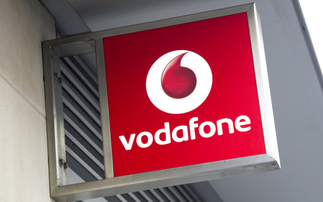Despite recent announcements from O3B and BT that promise to close the digital divide using the satellite
Last Monday, Culture Secretary Jeremy Hunt reiterated the government’s plans to support the universal rollout of superfast broadband by 2015. He explained that the government would make £830m av...
To continue reading this article...
Join Computing
- Unlimited access to real-time news, analysis and opinion from the technology industry
- Receive important and breaking news in our daily newsletter
- Be the first to hear about our events and awards programmes
- Join live member only interviews with IT leaders at the ‘IT Lounge’; your chance to ask your burning tech questions and have them answered
- Access to the Computing Delta hub providing market intelligence and research
- Receive our members-only newsletter with exclusive opinion pieces from senior IT Leaders
















